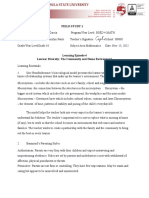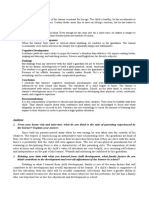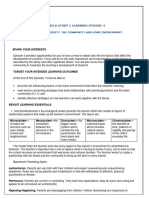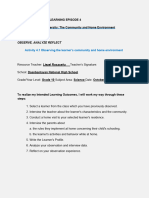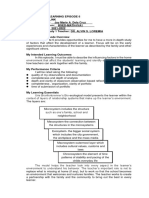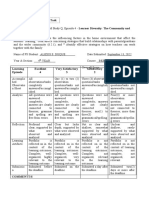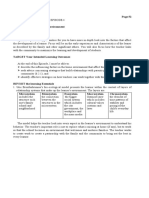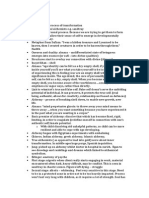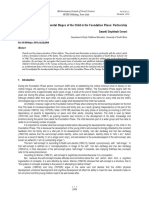0% found this document useful (0 votes)
26 views7 pagesEpisode-4 FS1
The document describes a learner's development profile based on a home visit and parent interview. It analyzes the learner's physical, social, emotional, and cognitive development. The parenting style is determined to be authoritative based on the supportive yet independent relationship between the learner and his single mother.
Uploaded by
Saquin Christil3aCopyright
© © All Rights Reserved
We take content rights seriously. If you suspect this is your content, claim it here.
Available Formats
Download as DOCX, PDF, TXT or read online on Scribd
0% found this document useful (0 votes)
26 views7 pagesEpisode-4 FS1
The document describes a learner's development profile based on a home visit and parent interview. It analyzes the learner's physical, social, emotional, and cognitive development. The parenting style is determined to be authoritative based on the supportive yet independent relationship between the learner and his single mother.
Uploaded by
Saquin Christil3aCopyright
© © All Rights Reserved
We take content rights seriously. If you suspect this is your content, claim it here.
Available Formats
Download as DOCX, PDF, TXT or read online on Scribd
/ 7



